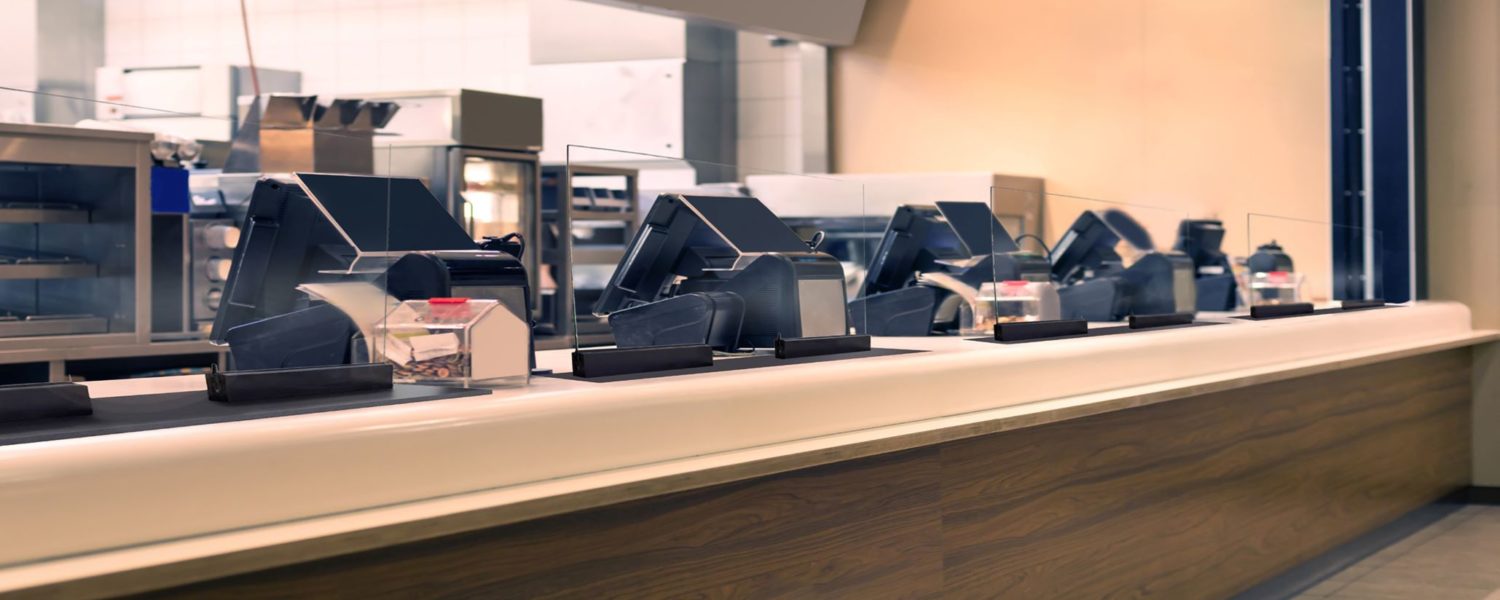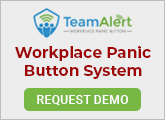“Social distancing” is a relatively new term implemented by the Center for Disease Control (CDC) encouraging individuals to maintain two arms’ length, or 6 feet, of distance between one another. Some studies have shown this distance to be sufficient in stopping the spread of germs from person to person.
Another form of social distancing is separation – by isolating people from one another, germs don’t have the chance to spread. Using barriers, schools can create an easy-to-clean, bacteria-resistant divide between students.
Schools everywhere are following best practices to install physical barriers, such as sneeze guards and partitions, particularly in areas where it is difficult for individuals to remain at least 6 feet apart. Reception desks and cafeterias are high-contact areas that benefit from clear partitions allowing for interaction through a physical barrier.
Schools and parents have continued to speculate how they will keep up with sanitation throughout the year while providing quality education. Maintaining the classroom environment will be vital to success for a return to on-campus learning as much as instructing students on their personal cleanliness and social distancing practices.
Another way to make things easier is to reduce the number of surfaces requiring frequent cleaning. Surfaces can harbor microbes like bacteria and viruses that make us sick, so keeping them clean and free from germs is essential to the overall health of a school’s population.
Hygienic surfaces have become an excellent solution to this problem, allowing teachers to continue to focus on their students. Using space dividers in the classroom that implement these hygienic surfaces can create space between students while providing peace of mind for teachers and staff.
Every school had different policies for returning to school this fall, and many parents are hesitant to send their school-age kids back to campus at all. Online digital learning has become the solution for continuing education while keeping students home, safely distanced from their peers. While not ideal, lessons will still be able to continue for those unable to return to an on-campus environment.
We all know that, in the digital age, online learning is a common and well-honed practice. But we also know studies have shown supplementing with analog tools engages the Reticular Activating System and improves memory retention, mood, and helps us to filter information and focus better.
Adding analog tools like whiteboards to digital learning for students at home can help center them, creating a more focused degree of learning and retention. Using an analog tool like tabi to take notes, complete math problems and work through brainstorming exercises can improve digital education performance.
The uncertainty that comes with a quickly evolving global health crisis forces us to reevaluate our ability to adapt spaces for varying needs.
From an open space for teamwork to a private, more distanced work zone, schools have to provide the flexibility to quickly and easily accommodate the needs of students and staff in regard to comfort, health and changing environmental factors.
Marsh Industries is based in New Philadelphia, Ohio, and is a manufacturer of visual board products in the United States. The family-owned business manufactures various visual display products for schools such as markerboards, tackboards, space dividers and acoustic panels. For more information, visit www.marsh-ind.com.









